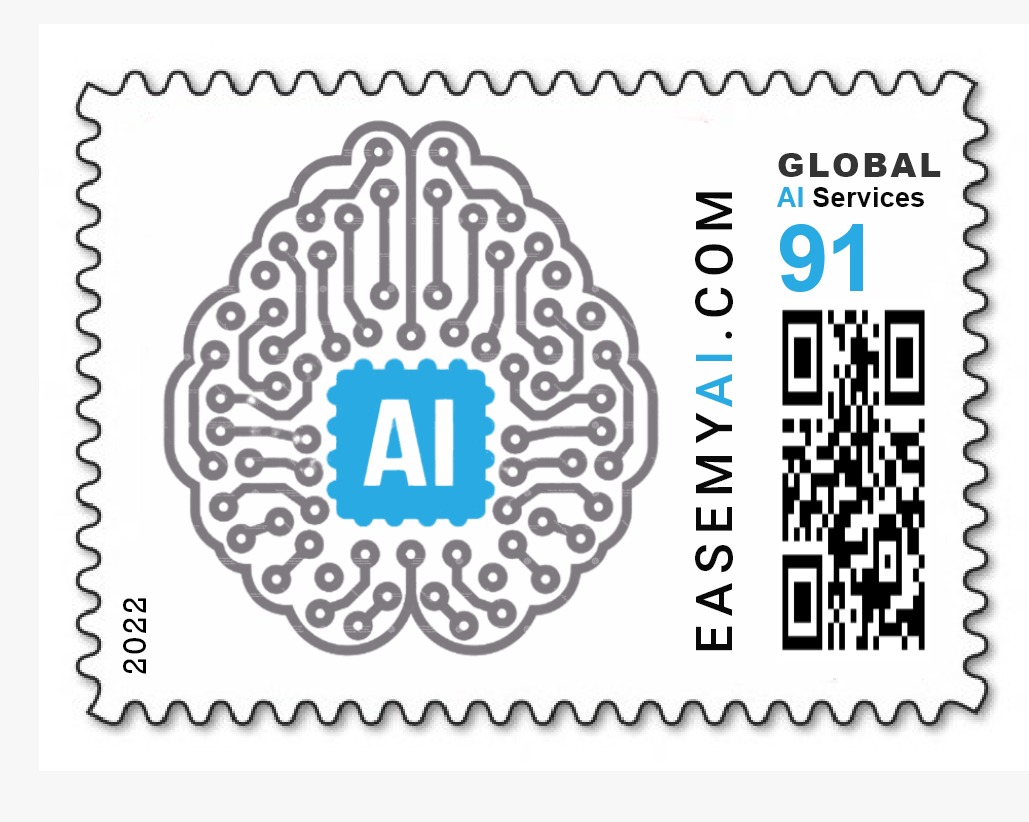Model Name- Drone Detection
What does the model detect?
This model detects drones in the air/on the ground in images/videos.
What is the use of this model?
A few characteristics of modern commercial drones make them an aerial threat to facilities like airports, stadiums, oil and gas refineries, and prisons. A drone flying close to a runway poses danger to airplanes during takeoff and landing. Drones can also be a threat to stadiums, prisons, and oil & gas because of their ability to carry payloads bypassing ground security.
Therefore, Security teams need a way to detect drones in the air and be aware of what is flying in their airspace.
Flying objects are strictly prohibited in certain areas which are under defense control.
This detection can help in better surveillance.
Approach to creating a model in Vredefort
Step 1 – Dataset Collection
We collected a dataset of 919 images from Kaggle. We kept 50 images for testing. There is only one class – Drone.
Step 2 – Data Cleaning
After collecting the dataset, we uploaded it on Vredefort. Vredefort automatically cleans the data by removing the corrupt images and resizing them to a suitable resolution.
Step 3 – Data Annotation
The computer learns to detect objects from images through a process of labeling. Thus, we drew boxes around the concerned objects and labeled them as drone(only one object to detect). We annotated 919 images using the inbuilt Vredefort tool. The 50 images for testing need not be annotated.
Annotation Rules – (Keep them in mind for better detection)
⦁ Skip the object if it is in motion or blur.
⦁ Precisely draw the bounding box on the object.
⦁ Bounding boxes should not be too large.
[Optional] Step 4 – Tuning Parameters
If you register as a developer and developer mode is on, you can modify the number of epochs, batch size per GPU, neural network model, etc. In case of no user inputs, the settings will change to default.
Step 5 – Training
The training process takes place automatically with a single click.
Evaluation of the model
After training, we can evaluate the model.
In evaluation, there are two parts. The first is accuracy and the second is to play inference videos. Vredefort enables us to obtain total model accuracy and class-wise accuracy. In this case, only one class is present. We achieved 37% model accuracy.
A new video for inference
We made a video from test dataset images and used it for interference. If the developer mode is on, it will ask to set confidence. You can set it as per your convenience. Here we set 0.1 [10%] confidence.
Model download and transfer learning from unpruned model
Vredefort provides one more feature to get the accuracy of the model. It allows you to download the model and dataset for further applications(like adding logic to your model). If you have downloaded model files, you can use the unpruned model (click here to know more about the unpruned model) for different datasets and save training time. You can generate alerts and write use-cases with that model.
Any challenges faced
None
Limitations
⦁ The model is trained on drone images and hence will work best on those images or video feed.
⦁ It will struggle to detect drones when other flying objects will be there in the same image/video.
Improvements
For more accuracy, collect the dataset from different angles and include other flying objects also.
Model Details
Model Name – Drone Detection
Dataset Images – 919
Number of Labels – 1
Label name and count – drone (1000)
Accuracy – 90%
Download Links
Dataset Download – Download here
Model Download Link – Download here
Inference Video Link – Download here
Author:

